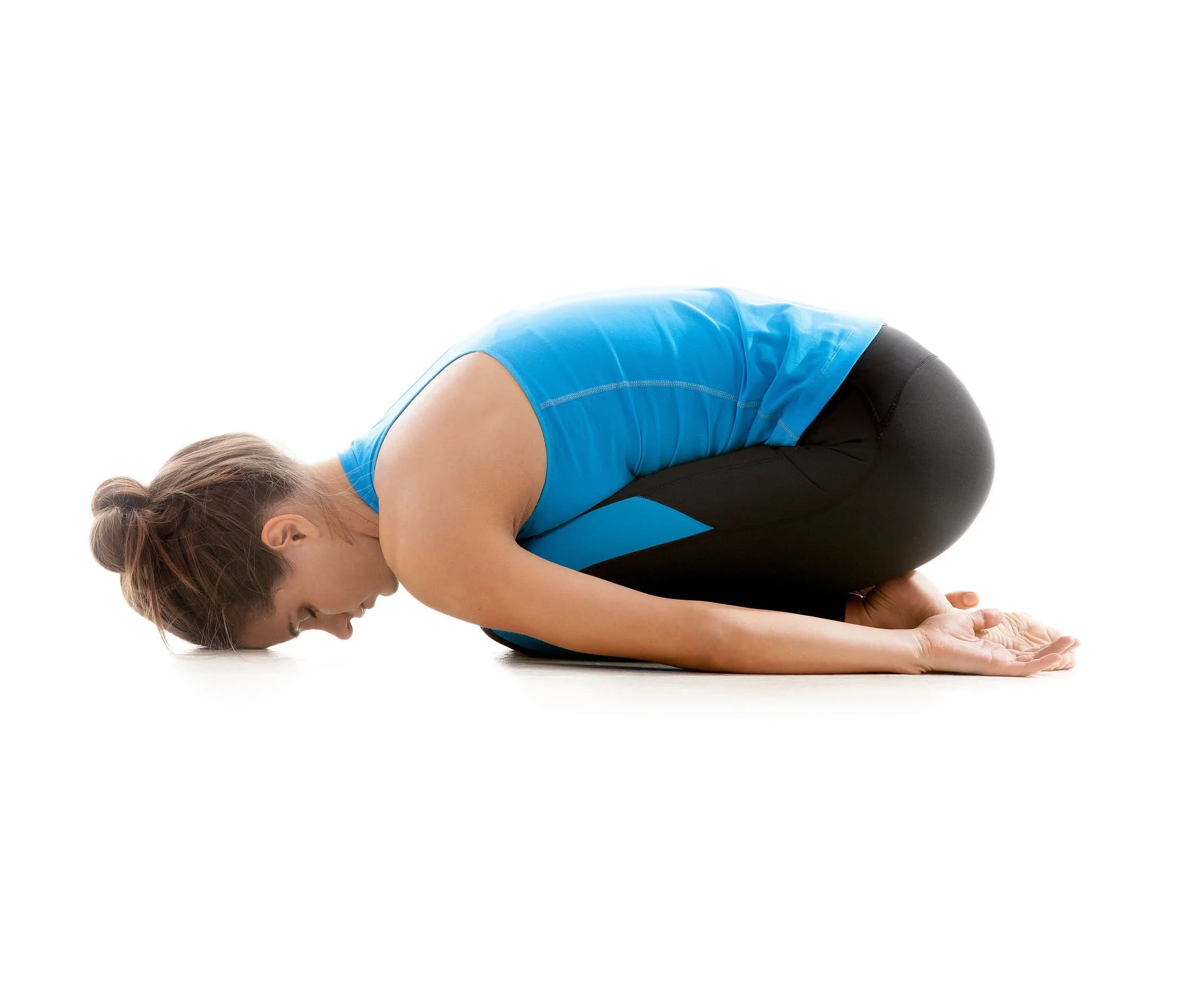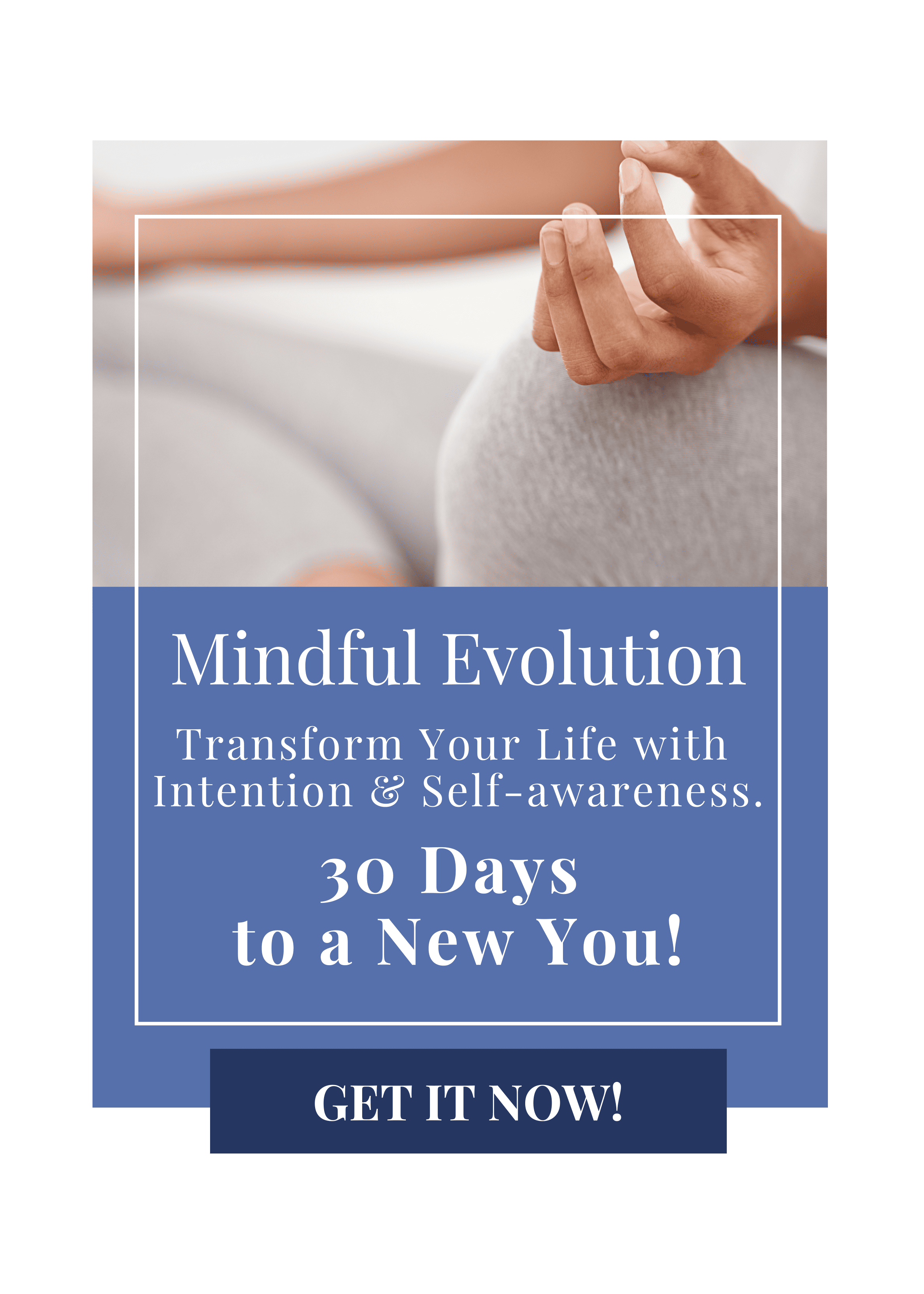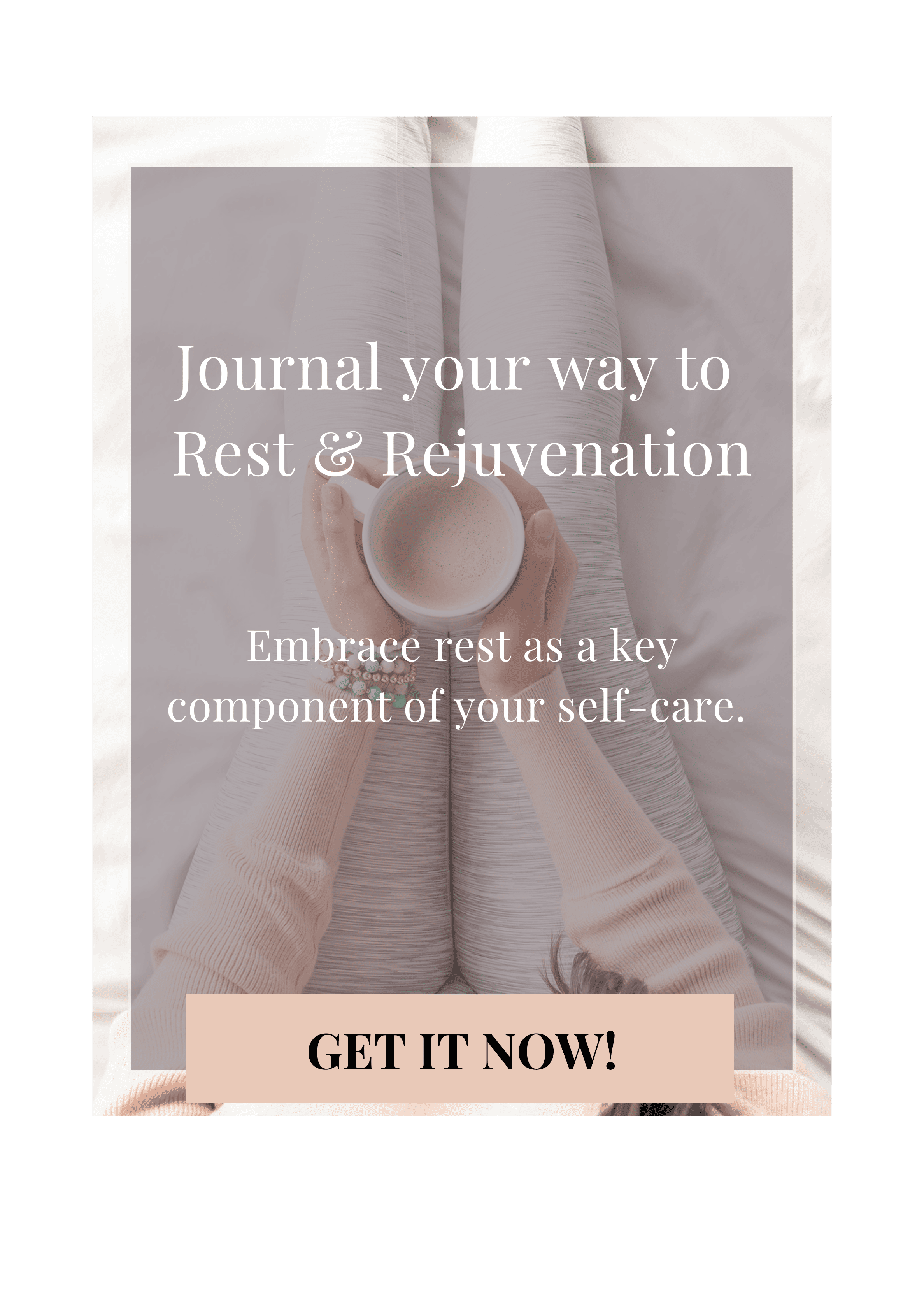If you find yourself experiencing recurring back pain, you’re not alone. Back pain is a common reason for medical consultations, and it is estimated that between 60-80% of people worldwide will experience back pain at least once during their lifetime.
Our daily activities and habits play a crucial role in shaping our body posture, and poor posture can significantly contribute to back pain.
In today’s modern lifestyle, prolonged periods of sitting, often in front of computers or using mobile devices, have become increasingly common. Slouching and hunching over screens can cause the spine to curve unnaturally, leading to strain on the muscles, ligaments, and discs in the back. Additionally, a sedentary lifestyle and lack of regular exercise weaken the core muscles that support the spine, making it even more susceptible to misalignment.
Over time, your daily habits can contribute to poor posture, muscular imbalances, and ultimately, chronic back pain. Developing awareness of your body posture and incorporating regular exercise can be essential in preventing and alleviating back pain.
In yoga you work with the whole body, developing body awareness and stretching and strengthening multiple muscles and ligaments, and having a healthy, strong, supple, and flexible spine (back) is one of the cornerstones of yoga.
Although back pain can have many different causes, often the pain you experience in the back is a result of imbalances elsewhere in the body, which is why it is always a good idea to consult a yoga instructor to find out exactly what can be the cause of your back pain, so you work with root cause treatment and not just symptom treatment. – Note always consult your doctor if you have consistent back pain to determine the cause and whether yoga will be beneficial for you.
Here are some gentle yoga poses that act like a balm for a painful back.

Cat Stretch (Marjaryasana)
On all fours, with wrists placed under the shoulders and knees under the hips.
On an exhalation, pull the navel towards the spine and you press up between the shoulders towards the ceiling.
On an inhale come back to neutral, straight back.

Child’s Pose (Balasana)
Come to a sitting position, with bent legs. Sit with your legs together under yourself, the tops of your feet against the mat, and the hips resting against your heels.
On an exhalation, let the upper body come forward, suck a little into the lower abdomen, and place the arms down along the side of the body.
The forehead can rest on a block or directly on the floor.
For beginners: although this pose looks easy, it can be quite taxing on beginners. You can place a cushion, a rolled-up blanket, or bolster; between your hips and feet, under the chest to rest on, or a rolled blanket tucked inside the knees to avoid any pain.
Also, check out “The potential of the yoga poses.”

Supported Bridge (Setu Bandha Sarvangasana)
Lie on the floor, with your legs bent and your feet on the floor.
On an inhale, lift your lower back off the floor and place a block under the top of your pelvis so you can rest your body weight on it.
Place the block on the low height first (the image shows the highest level), then if you want to go further the middle height or on the long height, whichever feels comfortable.
Let the arms rest on the floor away from the body with the palms facing up, and relax completely.

Lying twist (Jathara Parivartanasana).
Lie on your back on the floor. Bend both legs and lift the knees up towards your chest so that the lower legs are parallel to the floor. Now extend your arms out to the side and press your palms into the floor.
On an exhalation, let the legs turn out to the side, and down to the floor. Keep your shoulders on the mat.
Remain lying down for 10-20 breaths, switch sides, and repeat.
Want personal yoga coaching with me? ⬇️







